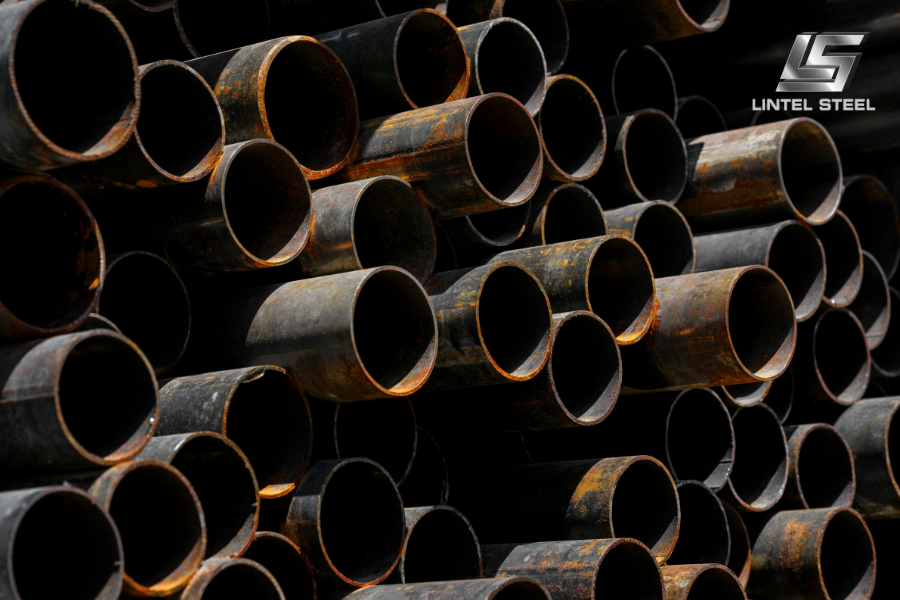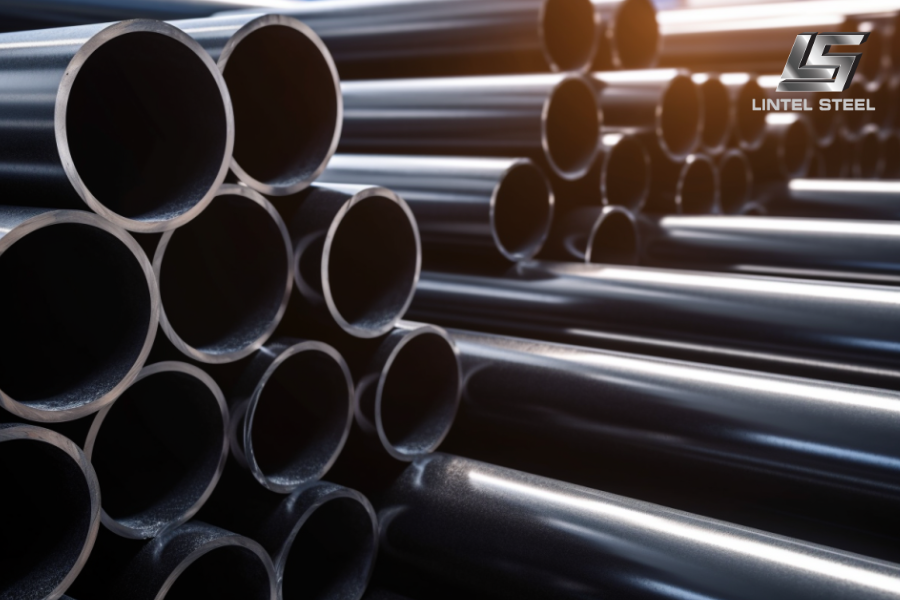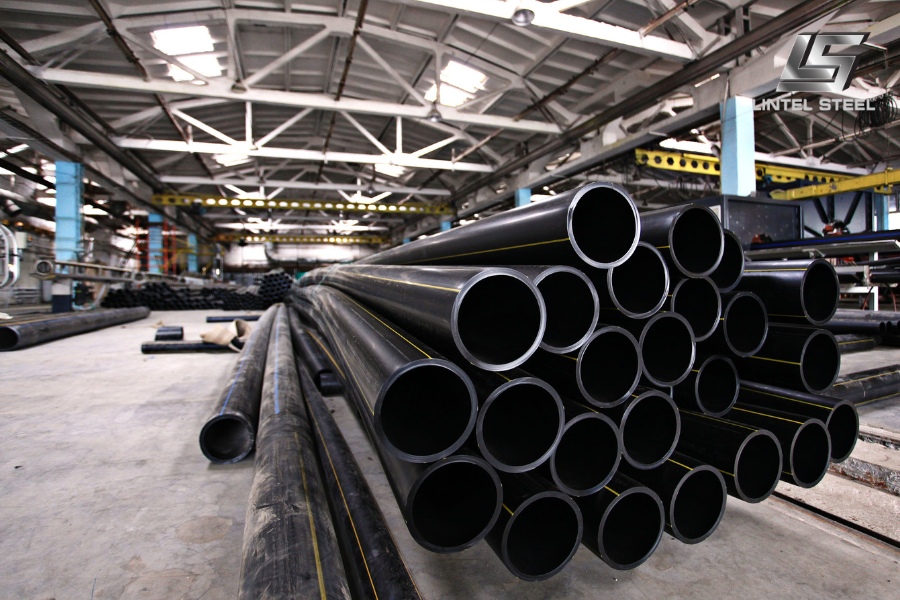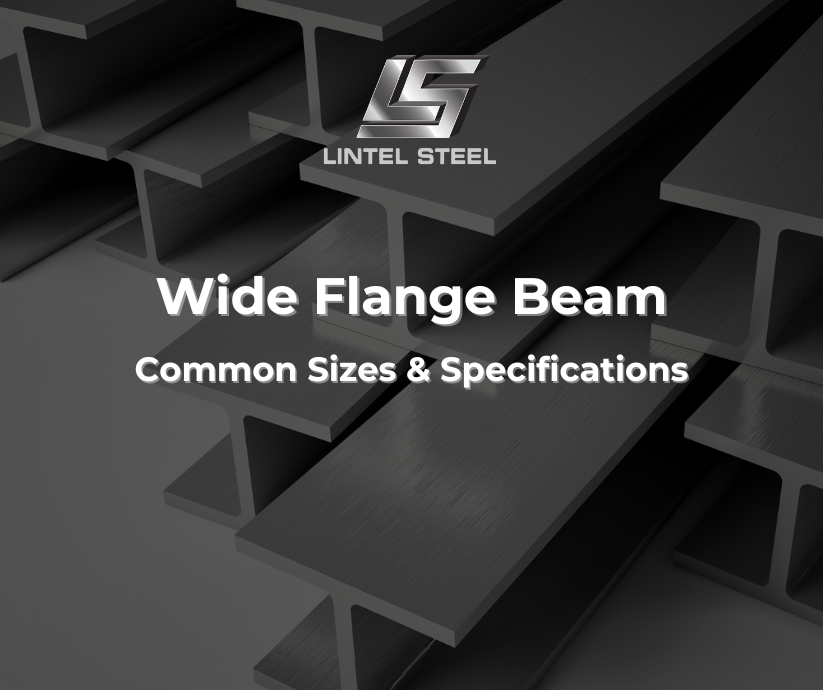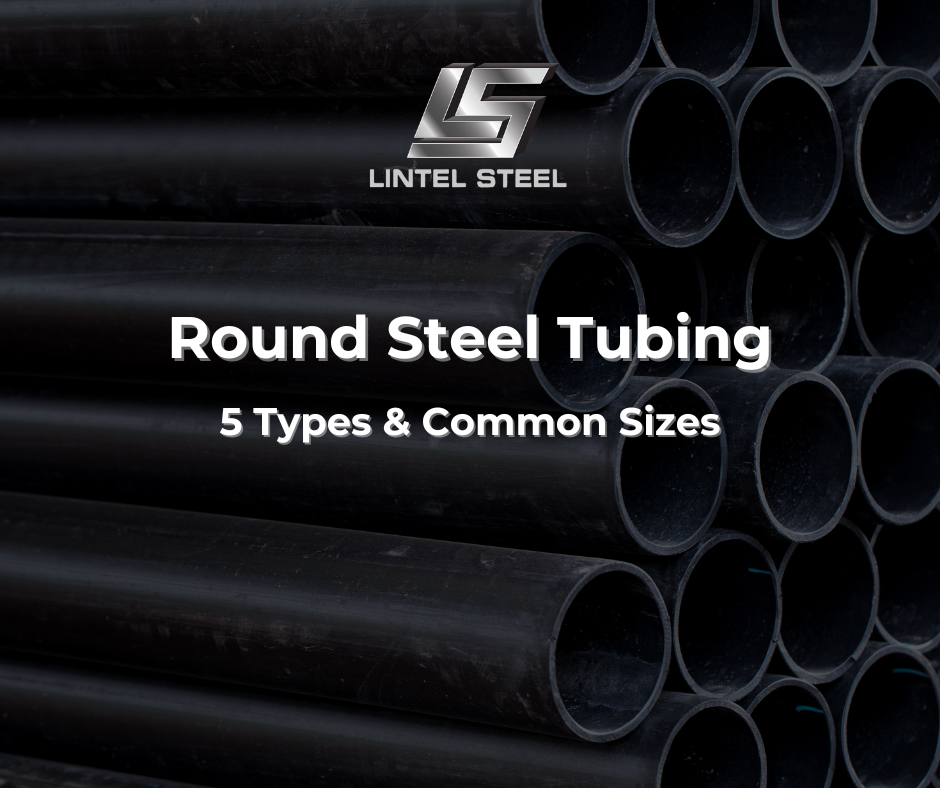Metal Pipe: Common Types & 5 Key Buying Considerations
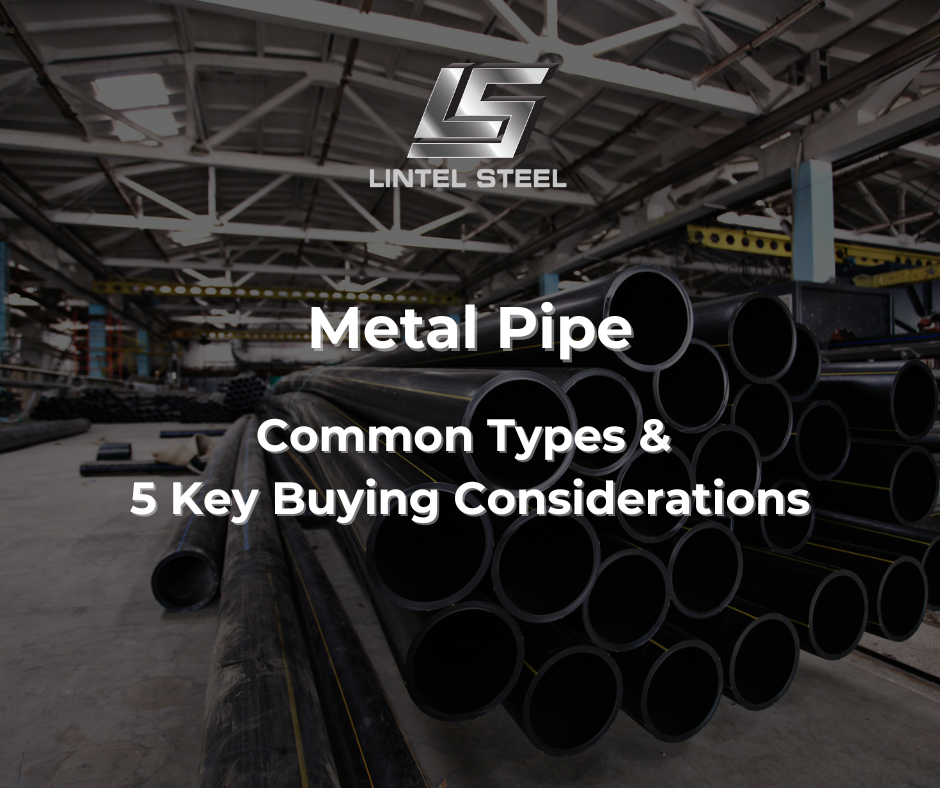
From construction sites to home plumbing, metal pipes have been a backbone of modern infrastructure for centuries. Known for their durability, strength, and versatility, metal pipes come in many different materials and sizes, each suited to specific environments and functions. Whether you’re building a structure, installing water systems, or creating industrial frameworks, understanding the types of metal pipe available and how to choose the right one can save time, money, and effort.
What Is a Metal Pipe?
A metal pipe is a hollow cylindrical tube made from metals like steel, iron, copper, or aluminum. Unlike plastic pipes, metal pipes are prized for their ability to handle high pressure, resist damage, and perform reliably in tough environments. They are widely used in construction, plumbing, manufacturing, and energy industries.
Common Types of Metal Pipe
When it comes to metal pipes, there isn’t a one-size-fits-all solution. Each type of pipe has its own unique qualities that make it suitable for certain applications. Below are the most widely used types, along with their strengths, weaknesses, and common uses.
1. Steel Pipe
Steel pipes are the most widely used in both structural and industrial settings due to their strength, durability, and availability in many sizes. They come in several varieties:
- Carbon Steel Pipe:
Carbon steel is one of the most common materials because of its affordability and mechanical strength. It is often used in structural frameworks, machine parts, and general engineering projects. However, since it is prone to rust, carbon steel pipes typically require protective coatings or paints when used outdoors. - Stainless Steel Pipe:
Stainless steel is renowned for its corrosion resistance and hygienic qualities. It is commonly used in industries where cleanliness and durability are essential, such as food processing, pharmaceuticals, and chemical plants. With its ability to resist rust, stainless steel is also suitable for marine applications and areas exposed to constant moisture. - Galvanised Steel Pipe:
This type of steel pipe is coated with a protective layer of zinc to prevent rust and extend lifespan. Galvanised pipes are widely used in outdoor applications such as fencing, scaffolding, handrails, and water distribution systems. Although heavier than some alternatives, they remain a cost-effective and reliable option.
2. Cast Iron Pipe
Cast iron has a long history of use in plumbing and drainage. These pipes are extremely strong and resistant to fire, making them reliable in high-risk environments. Cast iron also has excellent noise-dampening qualities, which is why it was historically popular in multi-storey buildings to reduce the sound of water flow.
That said, cast iron is very heavy and harder to work with compared to steel or copper. Modern projects often replace it with lighter and easier-to-install options, but it is still used in some drainage and sewer systems.
3. Copper Pipe
Copper is well-known for its corrosion resistance and long lifespan. It is especially suitable for carrying potable (drinking) water because it does not contaminate the supply. Copper pipes are lightweight, relatively easy to bend and install, and can handle both hot and cold water.
However, copper is more expensive than steel, making it less common in large-scale projects where cost is a deciding factor. It is often chosen for residential plumbing, HVAC systems, and specialized applications where reliability and water quality are top priorities.
4. Aluminum Pipe
Aluminum is prized for being both lightweight and corrosion-resistant. It is not as strong as steel, but its reduced weight makes it attractive in industries where weight-saving is critical, such as automotive, aerospace, and transportation.
Additionally, aluminum pipes are easy to machine and fabricate, which allows for customized solutions. While not as widely used in construction as steel or copper, they are growing in popularity in areas that demand a balance between strength, low weight, and corrosion protection.
5. Brass Pipe
Brass, an alloy of copper and zinc, is highly corrosion-resistant and durable. Brass pipes are also resistant to biofouling (the buildup of bacteria and microorganisms), making them an excellent choice for water supply lines and marine environments. They have a naturally smooth interior surface, which reduces friction and improves water flow.
Although less common in large industrial projects due to cost, brass is often used in fittings, valves, and specialty plumbing.
6. Ductile Iron Pipe
An improvement over traditional cast iron, ductile iron pipes are stronger and more flexible. They are widely used in municipal water supply and sewer systems, as they can withstand high pressure and ground movement. Their ability to handle both pressure and shock loads makes them a preferred choice for large-scale civil infrastructure.
7. Alloy Steel Pipe
Alloy steel pipes are made by adding elements such as chromium, nickel, or molybdenum to improve strength, hardness, or heat resistance. These pipes are commonly used in power plants, oil refineries, and chemical industries, where they are exposed to high temperatures and corrosive substances.
Benefits of Metal Pipes
- Durability – Strong against physical impact and high-pressure systems.
- Longevity – Can last decades with proper maintenance.
- Versatility – Wide range of sizes, thicknesses, and coatings for different industries.
- Recyclability – Environmentally friendly option since metals can be recycled repeatedly.
Key Applications of Metal Pipe
- Construction – Structural supports, scaffolding, and frameworks.
- Plumbing – Water supply, drainage, and sewage systems.
- Industrial – Oil, gas, and chemical transport.
- Agriculture – Irrigation systems and fencing.
- Automotive & Aerospace – Lightweight but strong piping for engines and fuel systems.
Metal Pipe vs Plastic Pipe: A Detailed Comparison
When choosing a piping solution, one of the most common debates is whether to use metal pipe or plastic pipe. Both materials have their advantages and disadvantages, and the best choice often depends on the specific application, budget, and environmental conditions. Below is a detailed comparison that highlights the key differences:
1. Strength and Load-Bearing Capacity
- Metal Pipe: Metal pipes such as steel, stainless steel, or cast iron are extremely strong and can handle high internal pressures as well as external loads. This makes them suitable for structural use (like scaffolding or support frames) and industrial applications where pipes must resist heavy stresses.
- Plastic Pipe: While modern plastics like PVC and HDPE are durable, they cannot match the tensile and compressive strength of metals. Plastic pipes are often chosen for low to medium pressure systems such as domestic plumbing or irrigation, but they are not ideal for heavy-duty structural purposes.
2. Durability and Longevity
- Metal Pipe: Metals, especially stainless steel and galvanised steel, are built to last decades when properly maintained. They can withstand high temperatures, mechanical wear, and harsh conditions such as underground installation. Cast iron and ductile iron pipes are also known for lasting 50–100 years in water distribution systems.
- Plastic Pipe: Plastics are resistant to certain types of chemical corrosion and won’t rust. However, they may degrade under UV exposure, become brittle over time, or deform under high heat. In general, plastic pipes last between 20–50 years, depending on the environment.
3. Corrosion and Environmental Resistance
- Metal Pipe: Traditional carbon steel is prone to rust unless it’s coated, painted, or galvanised. Stainless steel offers excellent corrosion resistance, especially in marine or chemical environments. Galvanised pipes, coated with zinc, also perform well outdoors.
- Plastic Pipe: Plastic does not rust, which makes it attractive for water supply and drainage. However, some plastics are vulnerable to chemicals, solvents, or high heat, which can compromise performance.
4. Temperature and Fire Resistance
- Metal Pipe: Metals have a very high melting point and can handle extreme heat without losing shape. For this reason, they are often required in fire-prone environments or applications with hot fluids and gases.
- Plastic Pipe: Plastics soften or melt at relatively low temperatures. In a fire, they can release toxic fumes and lose structural integrity quickly, making them unsuitable for high-heat environments.
5. Cost Considerations
- Metal Pipe: Generally more expensive upfront due to material and installation costs (heavier weight means more labour). However, their long lifespan often makes them more cost-effective in the long run, especially for infrastructure and industrial use.
- Plastic Pipe: Typically cheaper to purchase and install. Lightweight construction makes them easier to handle, reducing labour costs. For projects with a tight budget and light-duty requirements, plastic is often the first choice.
6. Installation and Handling
- Metal Pipe: Heavier and requires specialised tools for cutting, welding, or threading. Installation is more labour-intensive, but once installed, the system is highly durable.
- Plastic Pipe: Lightweight and easy to cut, join, and install using adhesives or mechanical fittings. Plastic systems are faster to install, making them popular for residential and light commercial projects.
7. Environmental Impact and Sustainability
- Metal Pipe: Metals can be recycled almost indefinitely without losing quality. Steel and copper pipes, for example, are widely reused in new construction materials.
- Plastic Pipe: While some types of plastic pipes can be recycled, many end up in landfills. Over time, microplastics can also pose an environmental concern.
How to Choose the Right Metal Pipe
1. Identify the Purpose
Plumbing? Construction? Industrial? Each requires different strength and material properties.
2. Consider the Environment
For outdoor use, galvanised or stainless steel pipes resist rust better than plain carbon steel. For high-temperature systems, stainless steel or copper works best.
3. Check Pipe Standards
Look for compliance with standards like AS/NZS, ASTM, or ISO to ensure quality and safety.
4. Balance Cost and Performance
- Budget-friendly: Galvanised and carbon steel pipes.
- Premium: Stainless steel and copper.
5. Sizing and Wall Thickness
Heavier wall thicknesses handle more pressure and structural loads, while lighter ones are ideal for cost savings in low-stress projects.
Conclusion
Metal pipes remain one of the most reliable solutions for plumbing, construction, and industrial applications worldwide. With choices ranging from carbon steel to copper and aluminum, there’s a type of metal pipe suited to every project. When selecting, always consider environment, strength, compliance, and long-term cost efficiency. By choosing wisely, you’ll ensure durability and performance that lasts for decades.
You can find out more about us at our Fanpage Lintel Steel.

